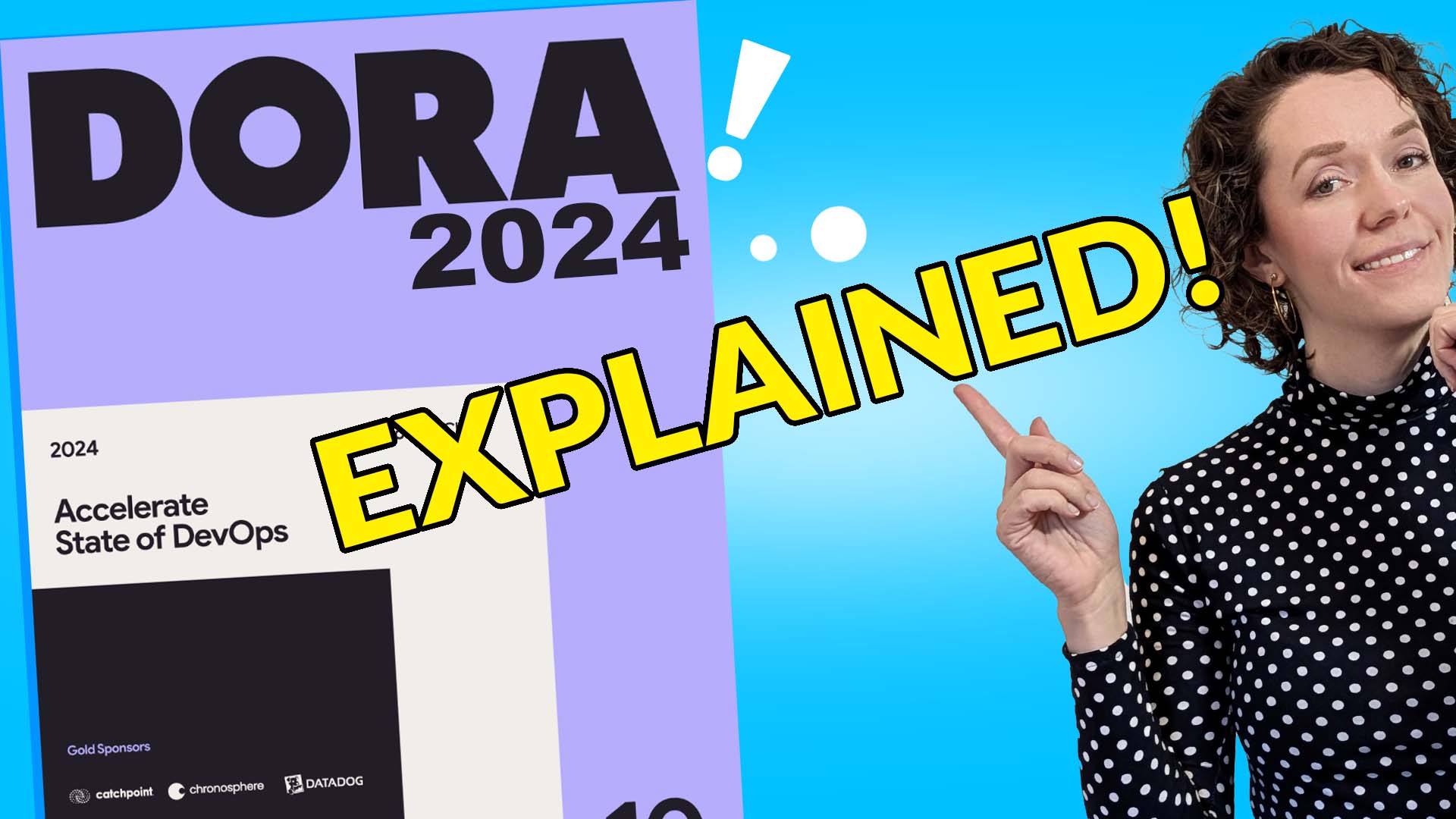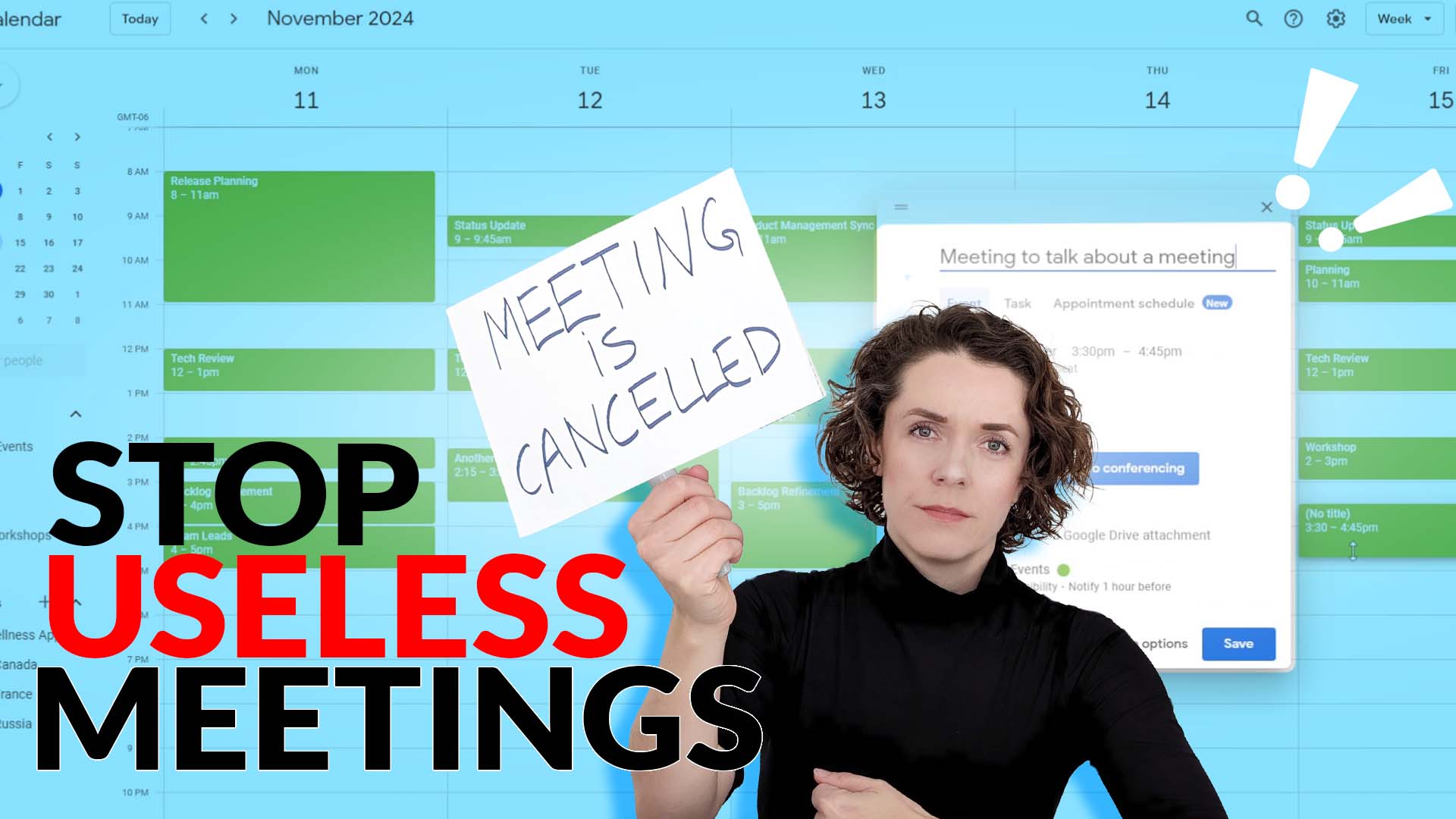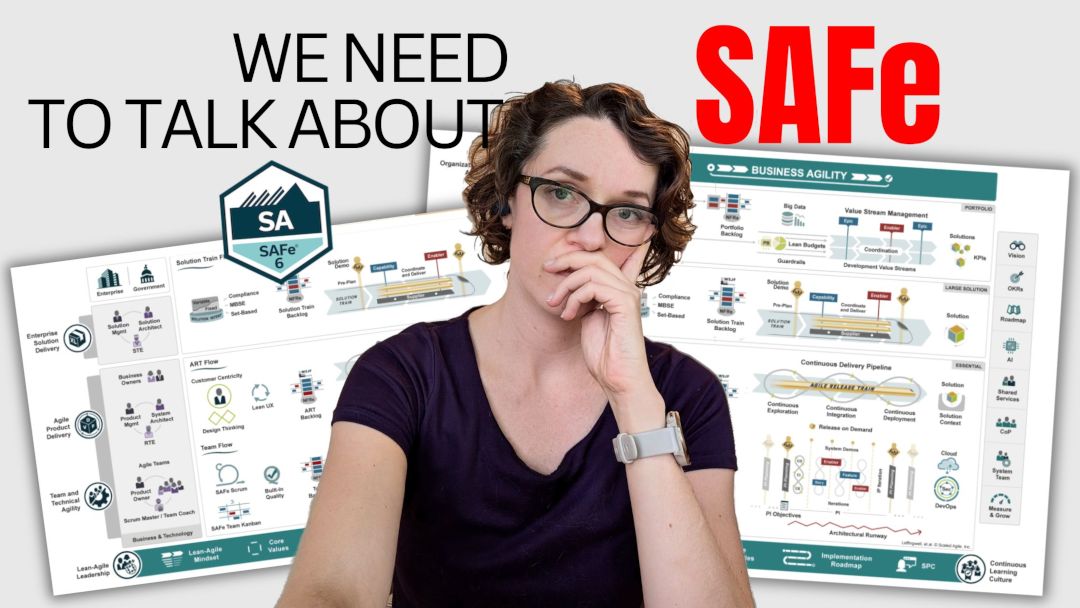A product cannot exist without customers or users. A great product fulfills customer needs and wants. Any Scrum team must understand these needs if they want to build a great product.
However, when we start it might be difficult to truly connect with our customers, so we start making assumptions. This can quickly become a dangerous practice if we start thinking that we know what our customer wants. As a Scrum Master, you need to steer your team in the right direction to help them stay on track.
In my newest video, I’m sharing a couple of examples and metaphors about companies making assumptions about their customers’s need. It doesn’t always work in their favour.
As a Scrum Master, you have a role to play in it. While defining the product or customers is the accountability of a Product Owner, you should look out for signals that might make your team fail and help the team focus on what’s really important.
Customers or stakeholders?
One of the things to look out for is where you get your information about your customer needs. If it doesn’t come from your end users and potential customers, you should take it with a grain of salt.
It’s very easy to make an assumption that you know exactly what your customers want. This is what I see most often.
However, the only people who know that are your end users and customers. So whenever you make an assumption, you need to validate it with your customers.
Another common mistake is to consider stakeholders the last step in verifying your assumptions. While your stakeholders are the most interested parties, unless they are the actual customers or end users, they also don’t know what customers need 100%.
Sprint Reviews is your primary tool
As a Scrum Master you can use a variety of tools to help your team and organization understand your customer. However, the only thing your truly need are the Sprint Reviews done properly.
Get the right people in your Sprint Reviews so that you can get valuable feedback about your product. Try to get as close to the end user as possible. And if you can meet with the actual customers from time to time, that’s even better.
How do you validate that your assumptions about your customers’ needs are correct?



